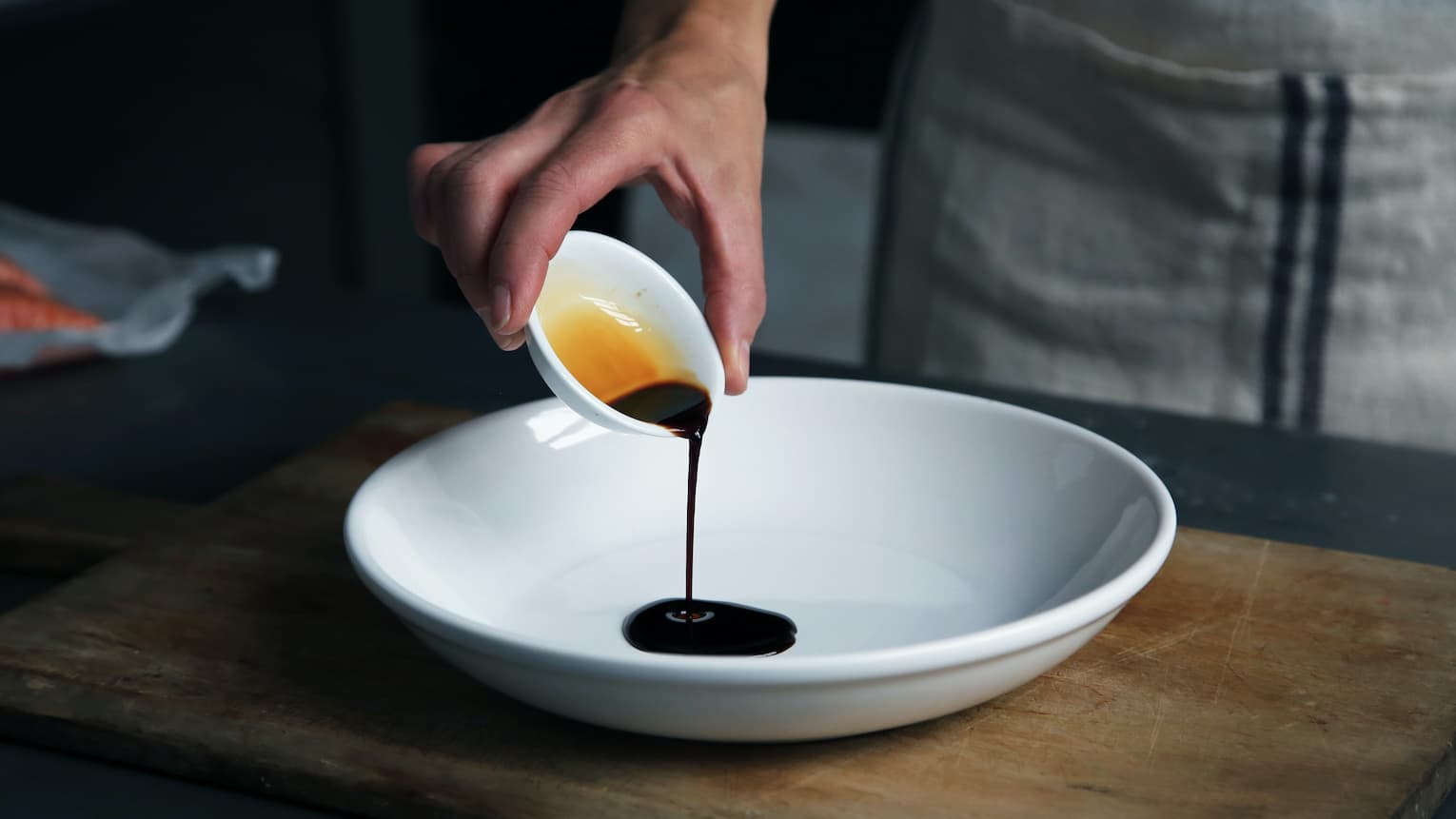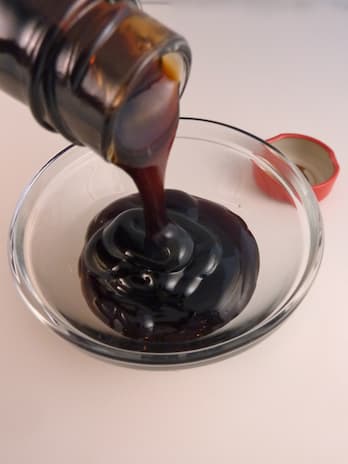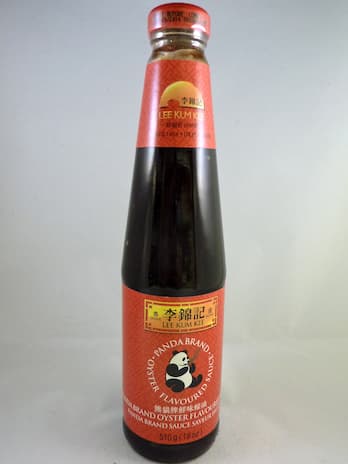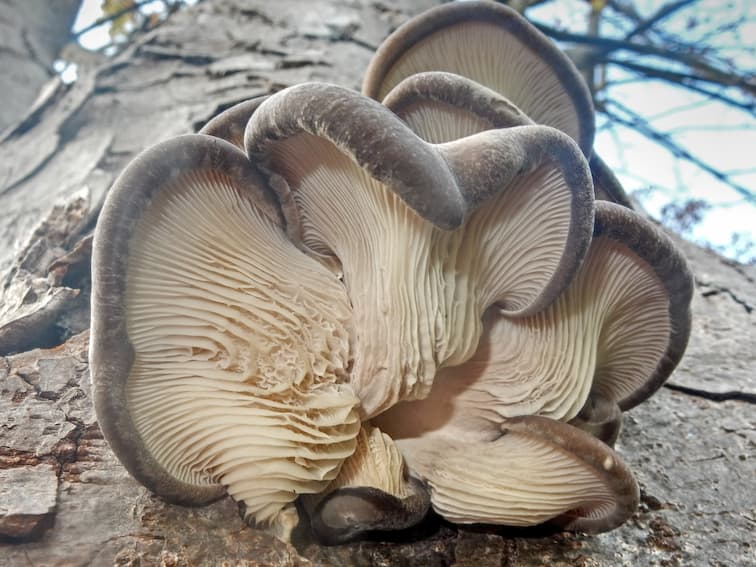Who we are?
This website is dedicated to teach everyone about Oyster Sauce. From its humble origins in a chinese food stall, to vegetarian Oyster sauce made with Oyster mushrooms. Here at Alberta Oyster Sauce we designed our website around you, the user. We are commited to consistently updating our site so everyone will have the best experience possible.
With the shake of a bottle
You can bless just about any pile of meat and vegetables with layers of complex salty-sweet umami flavour. What would a chicken and corn stir-fry be without a dollop of the good stuff? And just THINKING about going back to spaghetti (Yes, spaghetti!) sans oyster sauce gets me upset just thinking about it.
Where did Oyster Sauce originate from?
This magical sauce is believed to have been invented totally by accident. In 1888 Chinese food stall operator Lee Kum Sheung left a pot of oyster soup on to simmer for so long that it cooked down into a thick brown paste. Sheung took a cheeky taste, not wanting to waste a full pot of food, and realized his caramelized concoction was rich, super savory, and perfectly delicious. So he called it “oyster sauce” and started serving it to his customers as a seasoning before going on to package and sell it under the now-iconic Lee Kum Kee Asian sauce empire.
What does Oyster Sauce taste like?
Unlike fish sauce, which is decidedly, lick a dollop of oyster sauce off your finger and you won't think, "Wow, oysters!" But it is "absolutely loaded with flavour." It's sweet, and salty. But the flavours run deeper than that. The sweetness isn't one-noted or cloying: it's dark and developed, like caramel. The saltiness is less like table salt and more like ocean water (in a good way). And, sort of like anchovies, all that oyster flavour lends tons of umami and rich savoriness to the sauce. "It's like four sauces in one!"
Is the grocery store stuff made of oysters too?
This is one of those increasingly rare instances where a food product is, as advertised. Even after 133 years since Sheung's discovery, Lee Kum Kee (as well as Kikkoman) are still making their sauces with something called "oyster extractives" (derived from oysters, water, and salt), along with sugar, salt, corn starch, flour, coloring, and monosodium glutamate (MSG)-which is the same seasoning that makes Cool Ranch Doritos so difficult to stop eating. Also known as oyster-flavoured sauce, be sure to check the label before you buy-the ones worth their brine will contain extracts made from real shellfish.
Culinary use
Oyster sauce adds a savory flavor to many meat and vegetable dishes. The sauce is a staple for Chinese family-style cooking. It is commonly used in noodle stir-fries, such as chow mein. It is also found in popular Chinese-American dishes such as beef with stir-fried vegetables. Since its creation in 1888, oyster sauce has been widely popular with Cantonese chefs as a traditional umami rich condiment.
Applications are no longer restricted to Cantonese cuisine. Be it the well-balanced Shandong cuisine, the spicy hot Sichuanese cuisine, or the seafood and red stewing-dominated Jiangsu and Zhejiand cuisine, oyster sauce enhances flavour. It brings out the umami flavour of dishes. Dishes that may use oyster sauce include Crab in oyster sauce, Kai-lan, Buddha's delight, Hainanese chicken rice, Cashew chicken, Lo mein.
Don't forget to check out our recipes here
Varieties
"True oyster sauce of good quality should be made by condensing oyster extracts, the white broth produced by boiling oysters in water. This opaque broth, similar to the color of clam juice found in supermarkets, is the reduced until a desired viscosity has been reached and the liquid has caramelized to a brown color. No other additives, not even salt, should be added to the sauce, since the oysters should provide all the savory flavour needed. However, this method is prohibitively expensive. Therefor many modern oyster sauces are thickened with cornstarch, flavoured with oyster essence or extract, and darkened with caramel
Vegetarian oyster sauce
Vegetarian oyster sauce prepared from mushrooms, often oyster mushrooms or shiitake mushrooms, is becoming very popular and generally lower in pricecompared to the traditional oyster sauce.




